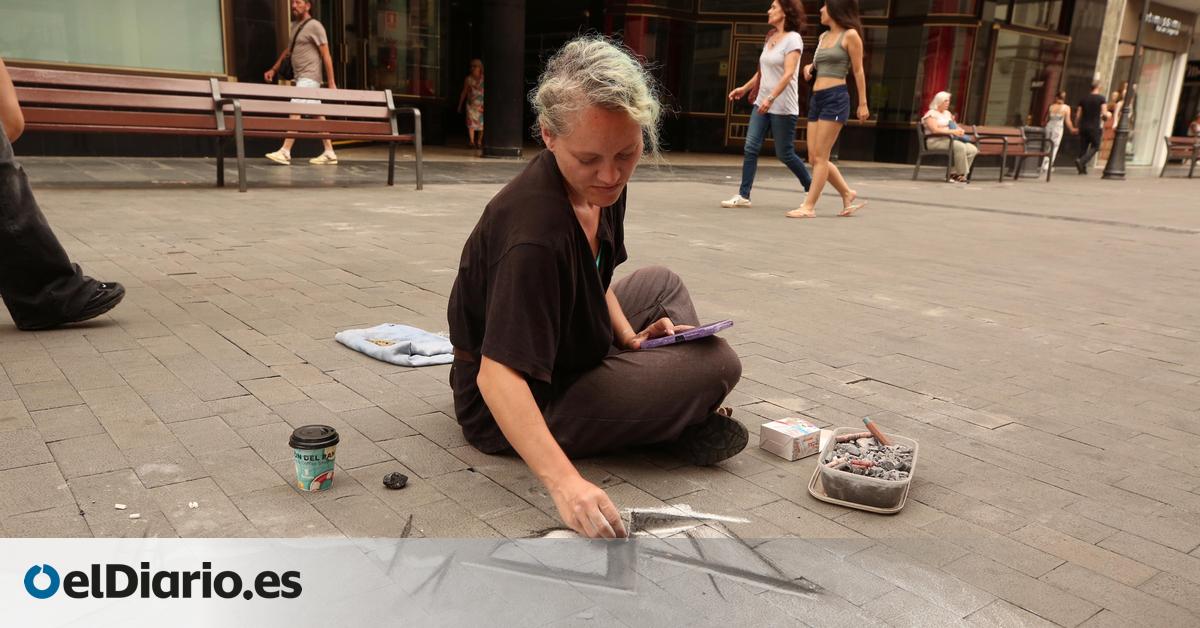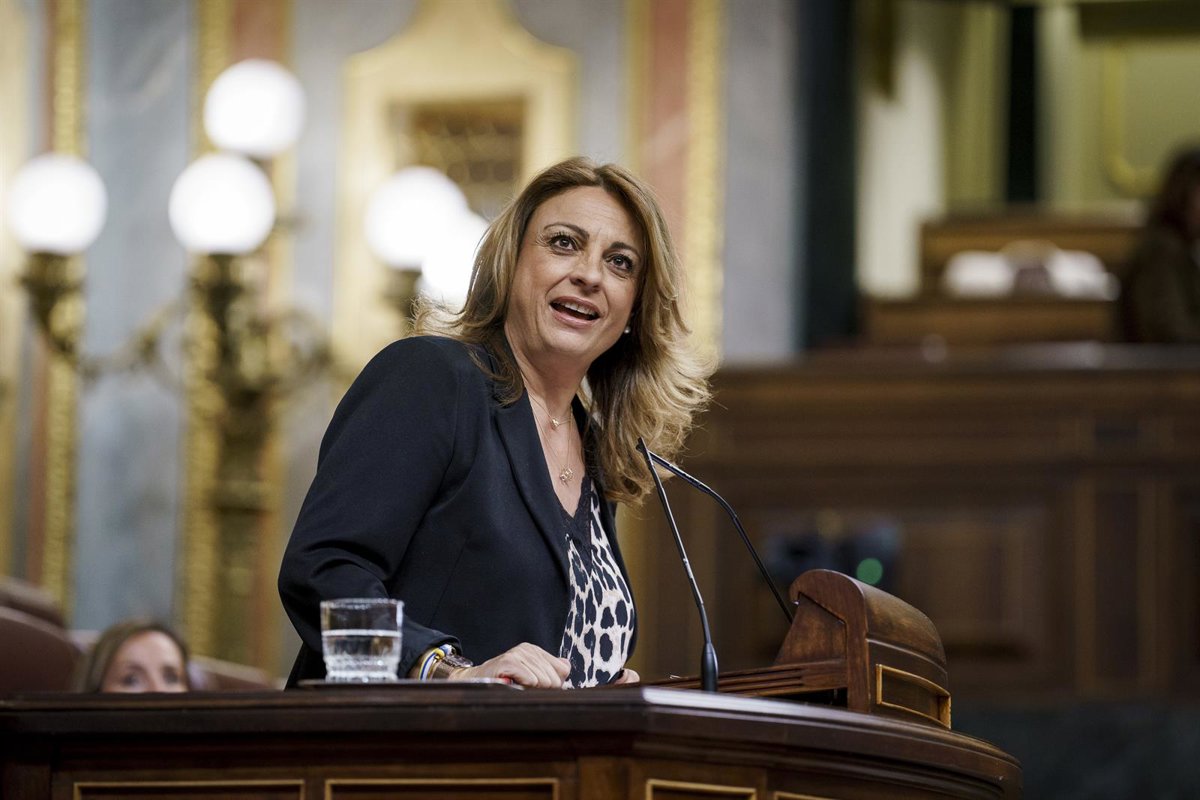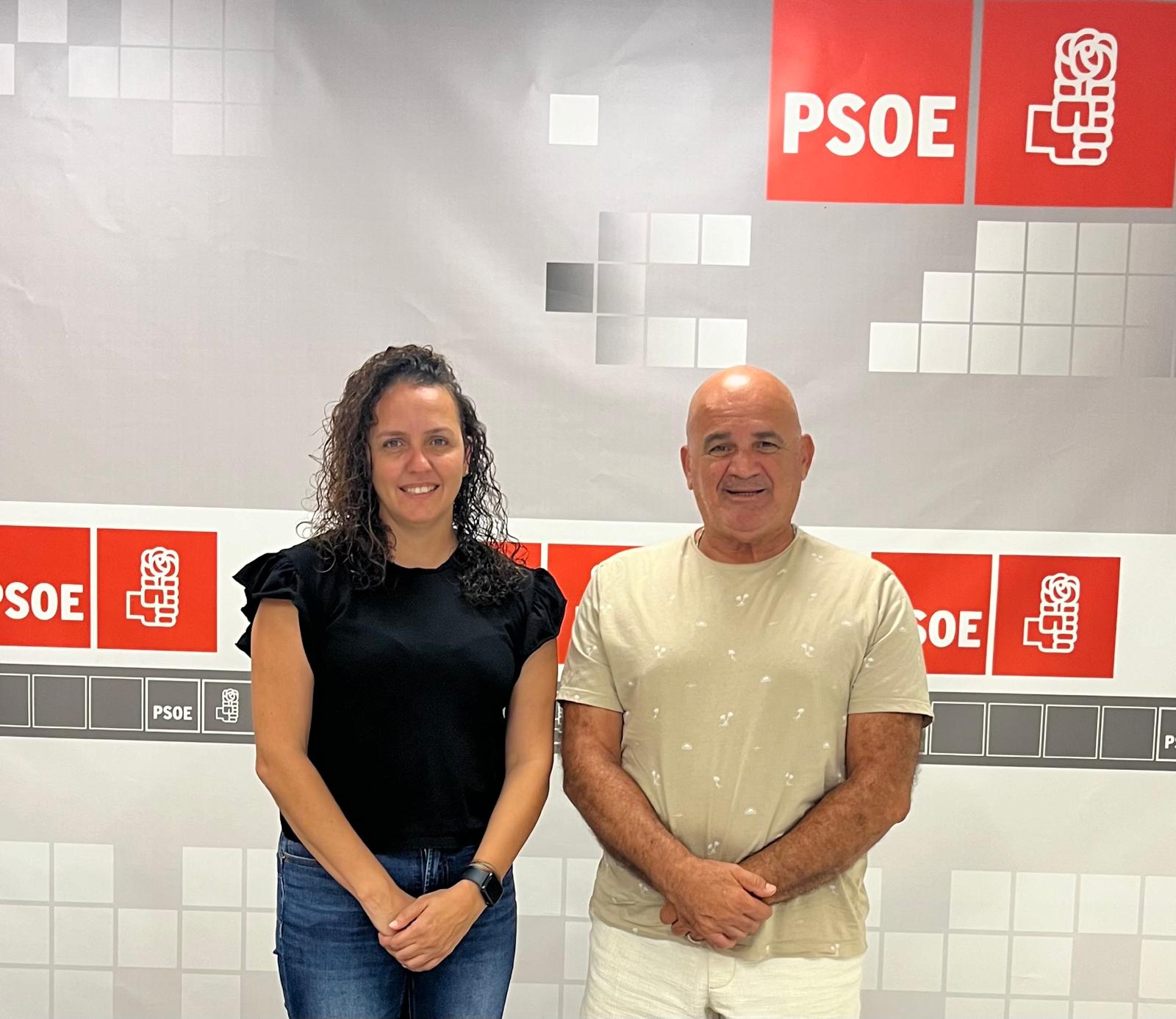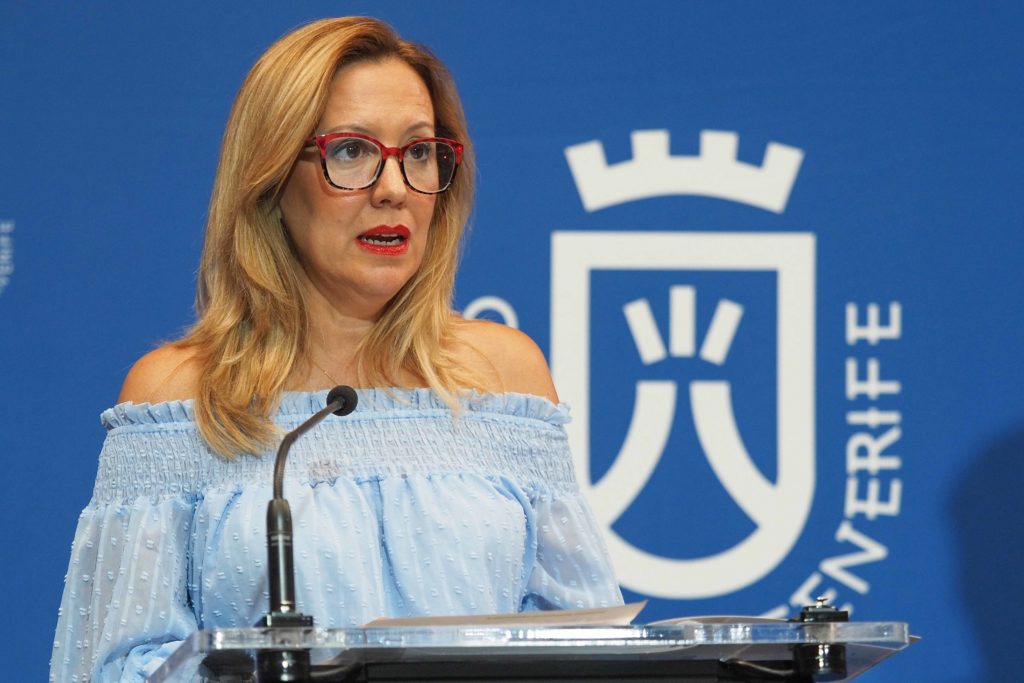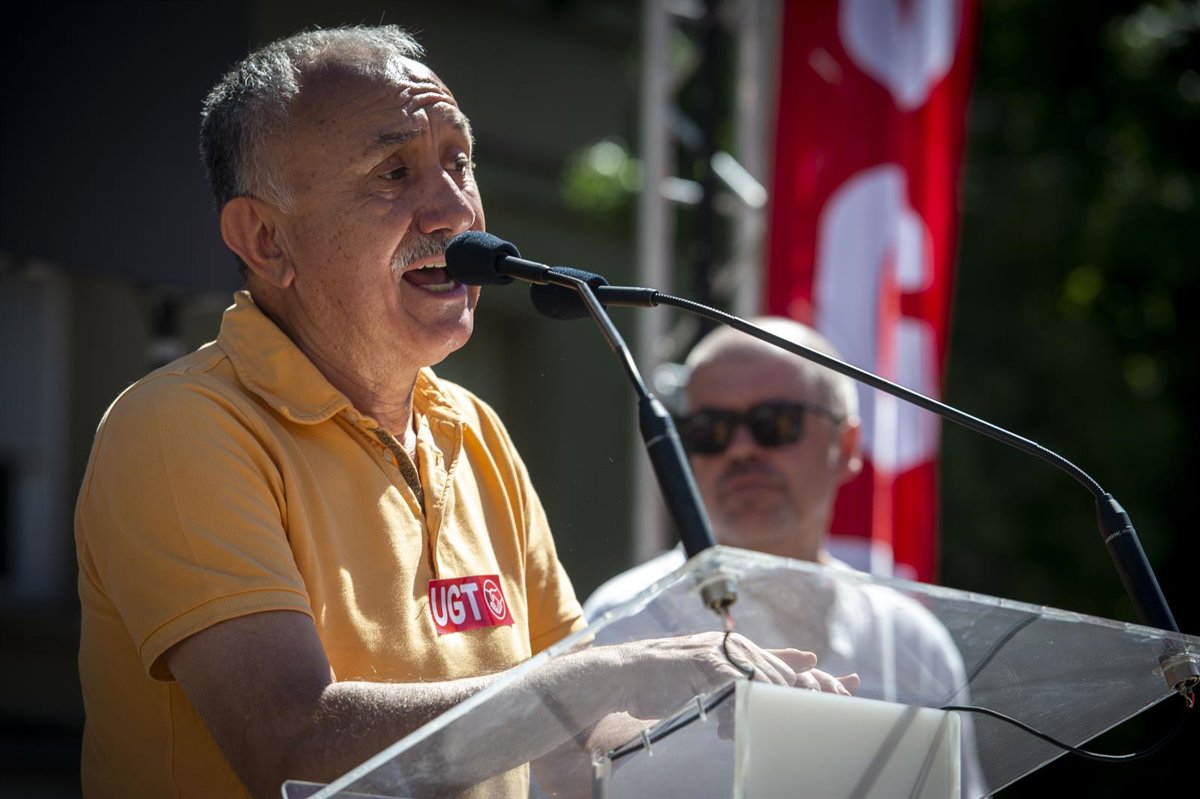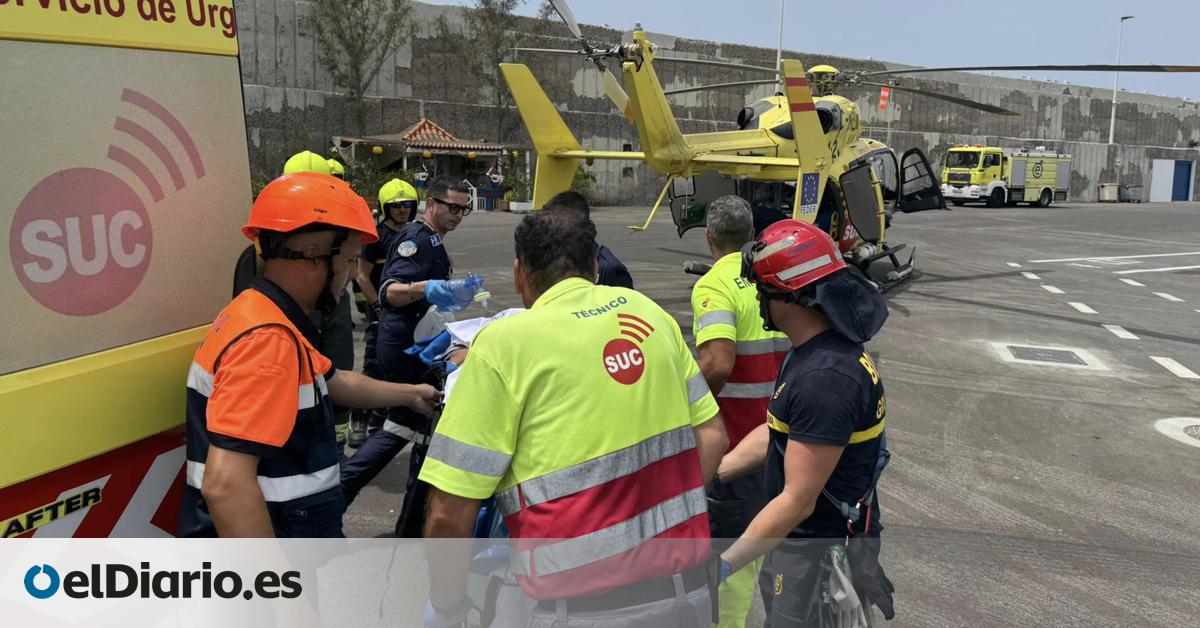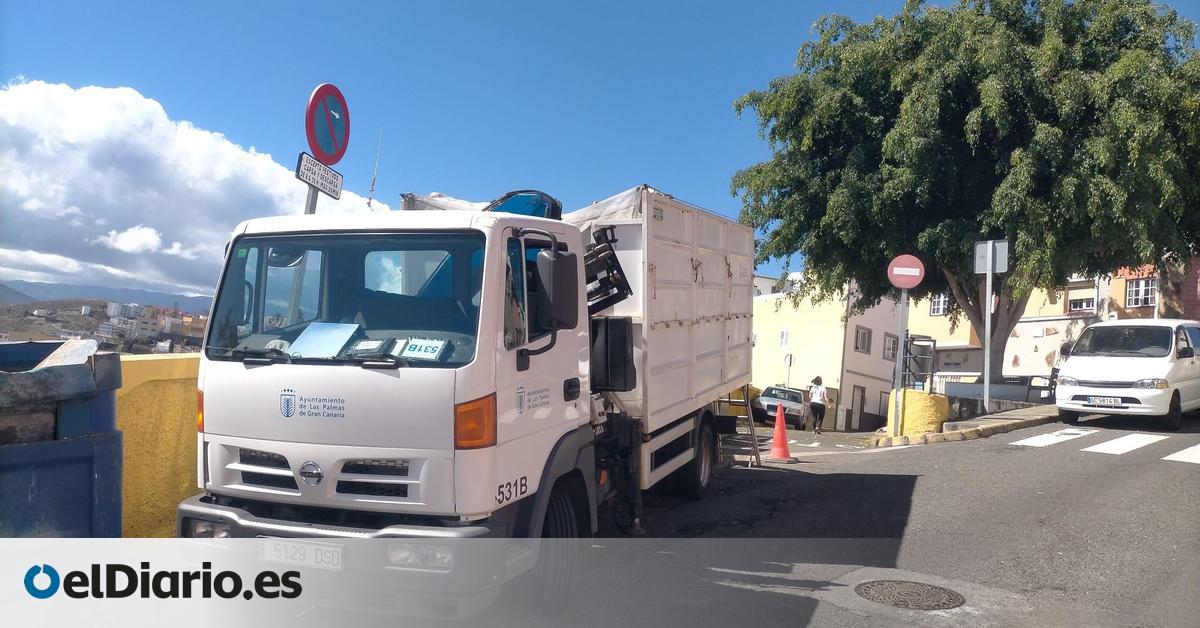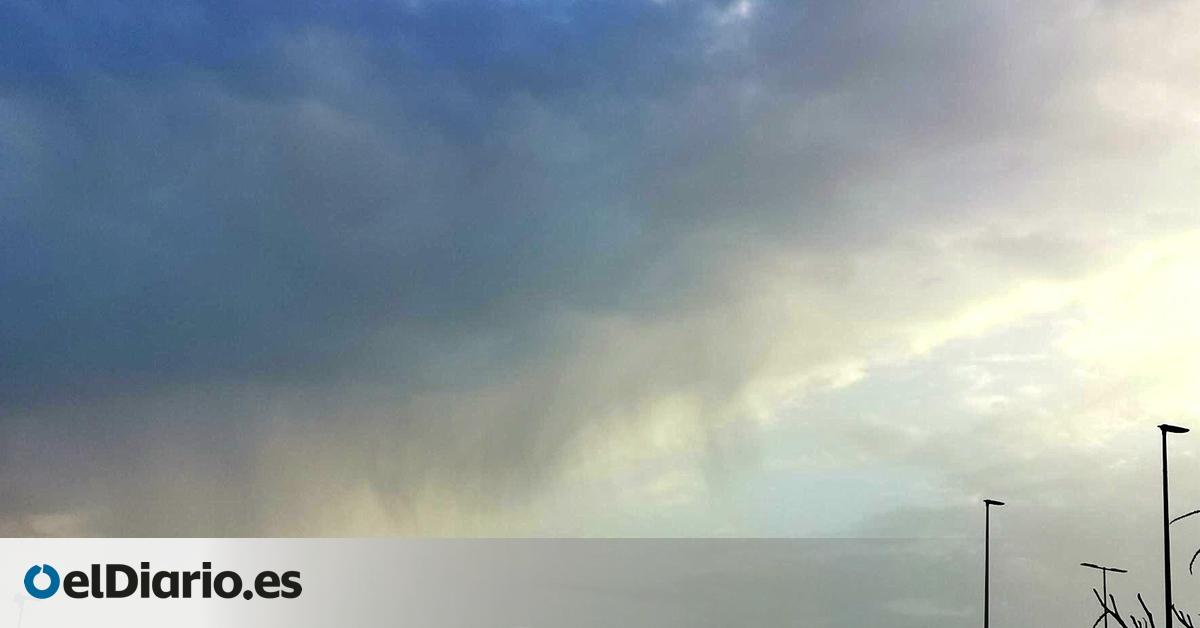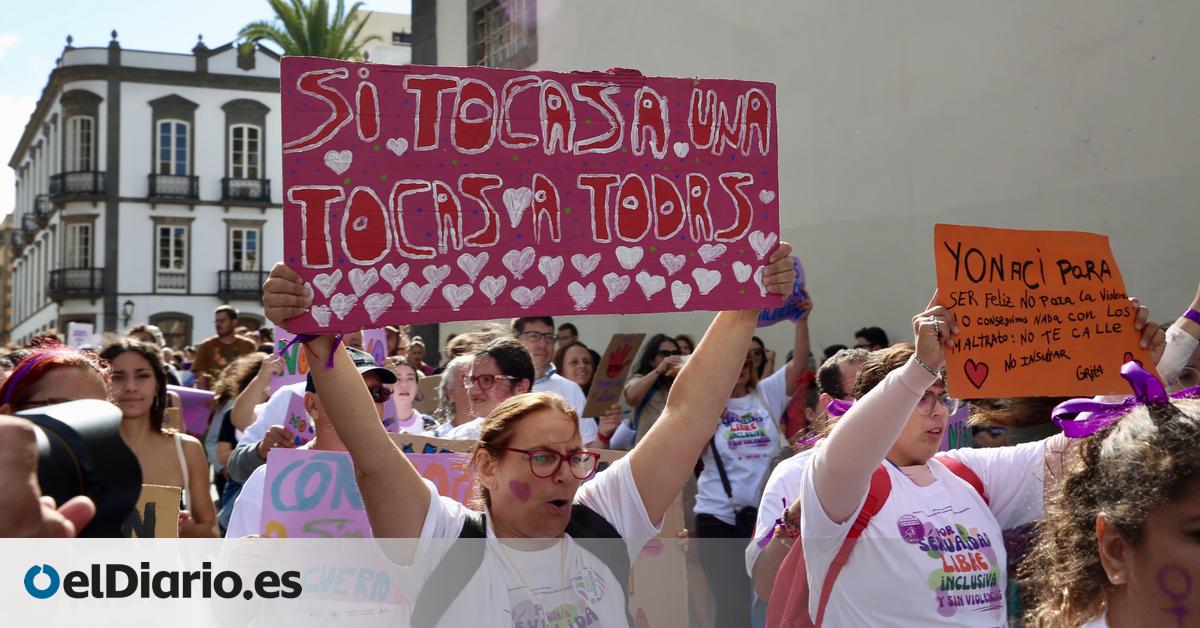Bianca Milacic: An Artist’s Activism
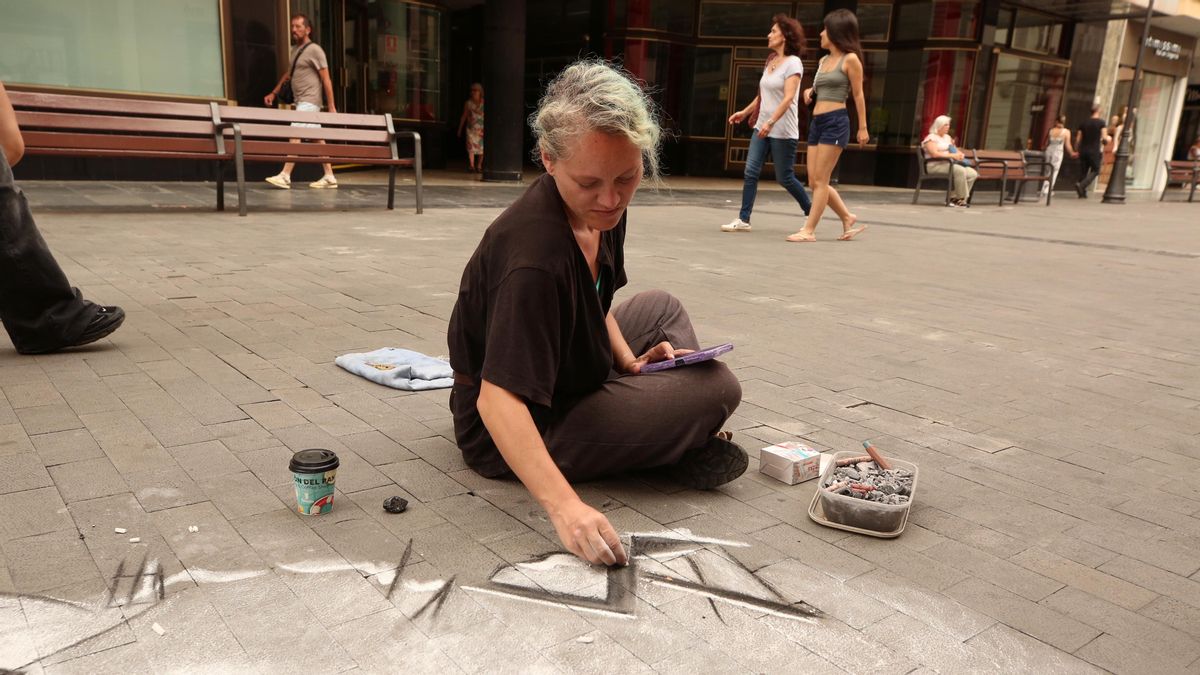
While engaged in her work, a child appears in Bianca Milacic’s art—a boy of about four years, wearing a dungaree and a striped shirt, facing away as he holds a kite that will share the sky with warplanes.
Walking down Triana Street in Las Palmas de Gran Canaria, it is often difficult to notice the art or beauty around. Sometimes, all it takes is to lift one’s gaze or lower it slightly to discover information about other eras, realities, or messages that extend beyond the act of shopping.
Occasionally, this window opens in a puddle left by a steady yet persistent summer rain, reflecting the sky and the balconies. In other instances, for about six years now, if one looks down between Perdomo Street and Arena Street, one can see chalk and charcoal artworks by Bianca Milacic. These are reflections that prompt viewers to consider what is happening in the world.
It is evident that this woman holds onto many qualities that are often lost in adulthood: a mischievous smile, the craft of an artist, and the belief that everything can improve. She creates a piece of work each day based on her instincts and the context, and as Milacic tells this newspaper, “the context is evident.” She is the only artist from the Canary Islands who this Wednesday will join the rest of the Spanish delegation, alongside individuals from 43 other countries, as part of the Global Sumud Flotilla. This flotilla will set sail from Barcelona on 31 August to deliver humanitarian aid to Gaza and demand an end to the blockade affecting the Palestinian civilian population.
Connecting with Gaza
While working, some passers-by have approached the artist, asking her where Gaza is. She has also encountered many who are aware of the situation and are committed to supporting Gaza families with whom Milacic is in contact.
When asked why she has decided to take a further step in her activism by approaching the place where the scenes she portrays daily unfold, her response is clear: “I feel that we all need to do more.” As she draws, a kite is suggested in her strokes, and she explains that in 2023, she began using this artistic language, known as chalk art, to express creations dedicated to the genocide faced by the Palestinian population. As Israel’s violence and international impunity have grown, her daily creations necessarily reference the Palestinian people and their suffering. “They commit every madness every day, and the world tolerates it—the killings are numerous,” she says, gesturing with her hand covered in white chalk.
Empowering Change
When asked if she believes people walking along this commercial street could do something to stop the genocide, Bianca notes that many forget their power. They stop before her works, evidently moved, yet often hold a McDonald’s bag, a Zara purchase, or a Coca-Cola. She recalls how apartheid in South Africa was halted “thanks to an economic boycott”. The artist does not subscribe to the notion of a superhero who can save the world, a narrative she admits not engaging with, but instead believes in collective action. This conviction takes her this Wednesday to join those who feel a responsibility towards the world around them. As her conversation flows, a child, about four years old, is depicted in her drawing, wearing a dungaree, a striped shirt, and facing away while holding a kite.
Children’s Perceptions
Bianca has become adept at interpreting looks and attitudes after years of working outdoors, where her art is ephemeral. She asserts that adults walk past, look, and do not see, or simply do not realise she is there. But children “do not walk past,” she confesses. They see an adult engaged in one of the activities they love most. Bianca sometimes hears parents tell their children, “that person is there because they are poor.” One day, Bianca confidentially told a child: “Do you see this smile? Do you see your mother’s? I am not poor.” She laughs as she recounts this, admitting it was the only time she “lost her diplomacy.”
The artist has also worked in similar art forms in other cities like London, and she confesses that this work clearly illustrates how distorted the majority of people’s perceptions of wealth and poverty are. In Triana, a premier shopping street, this is a daily occurrence.
Art Amidst Chaos
Bianca illustrates airplanes in her work. “Gaza children, when they can, still go out with kites, and those kites share the sky with warplanes,” she states, abruptly explaining what she is painting in a sky that seems hellish. “We must maintain hope. I believe the Zionist state excels in psychological warfare, but I will not allow any of their images, from my privileged position, to take away my hope,” she declares.
As dusk falls in Triana, Bianca finishes drawing the clouds; perhaps that is why it rains once more. “I was thinking of drawing a ship today,” she concludes, as the rain alters her work once again.
